Guidance
Visit our knowledge hub for the most up-to-date information. Here, you’ll find how-to guides for Reeco products, as well as legislation and certification updates.
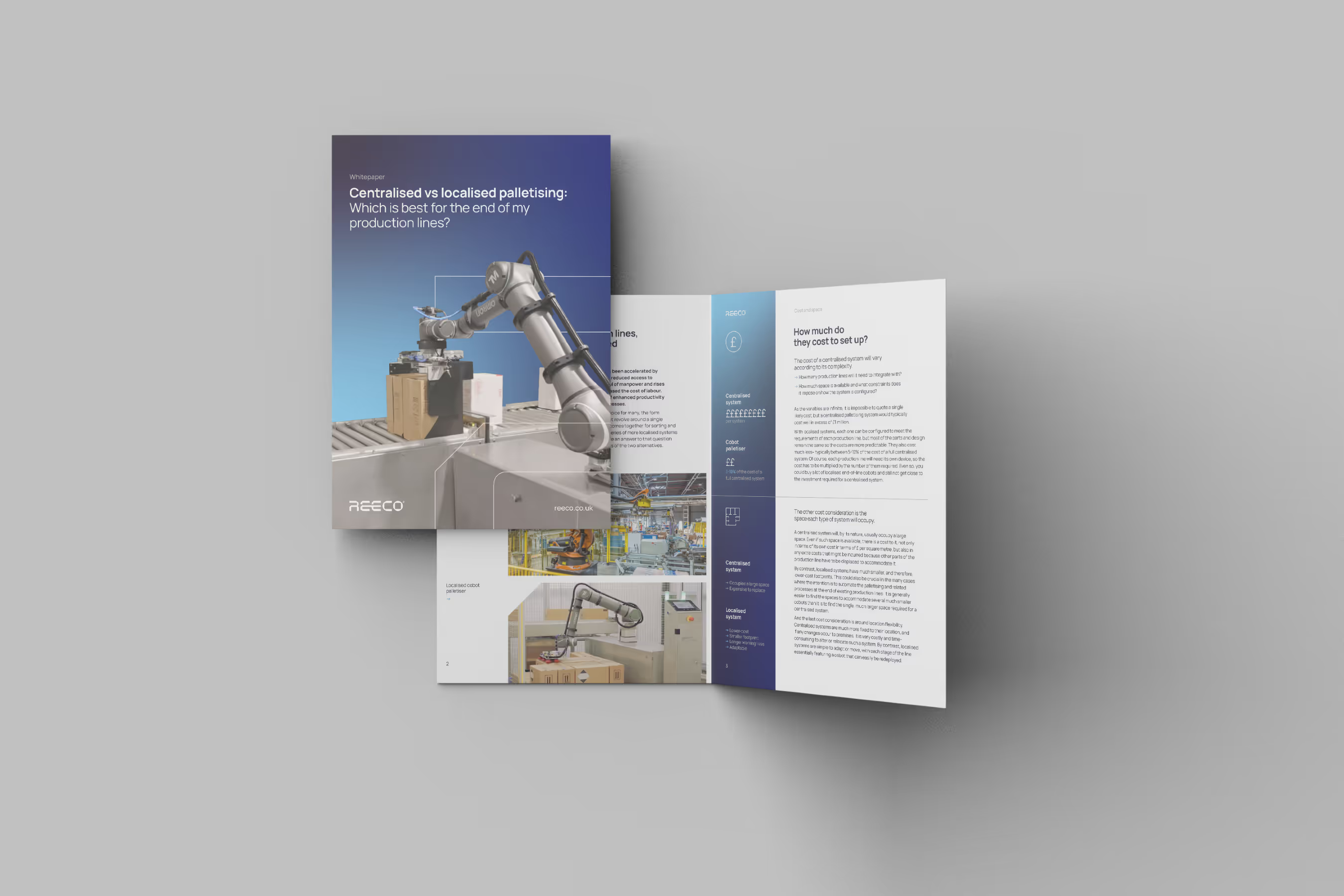
The move towards end-of-line automation has been accelerated by changes in the labour market post-Brexit. The reduced access to overseas workers has resulted in a smaller pool of manpower and rises in the statutory minimum wage has also increased the cost of labour. This has all added to the existing arguments of enhanced productivity and reliability for switching to automated processes.
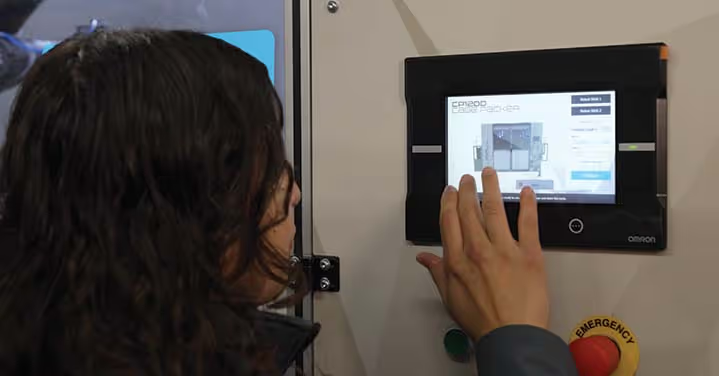
Throughout all industries, there are tasks which are perfect for automation, allowing human dexterity and creativity to be better utilised in a time of labour shortage. Repetitive tasks are the best subjects for automation, providing unmatched throughput and consistency and allowing manufacturers to not only better utilise operators, but significantly improve performance. Packing and other areas at the end-of-line, such as case packing, are rich in repeatability and ripe for automation.
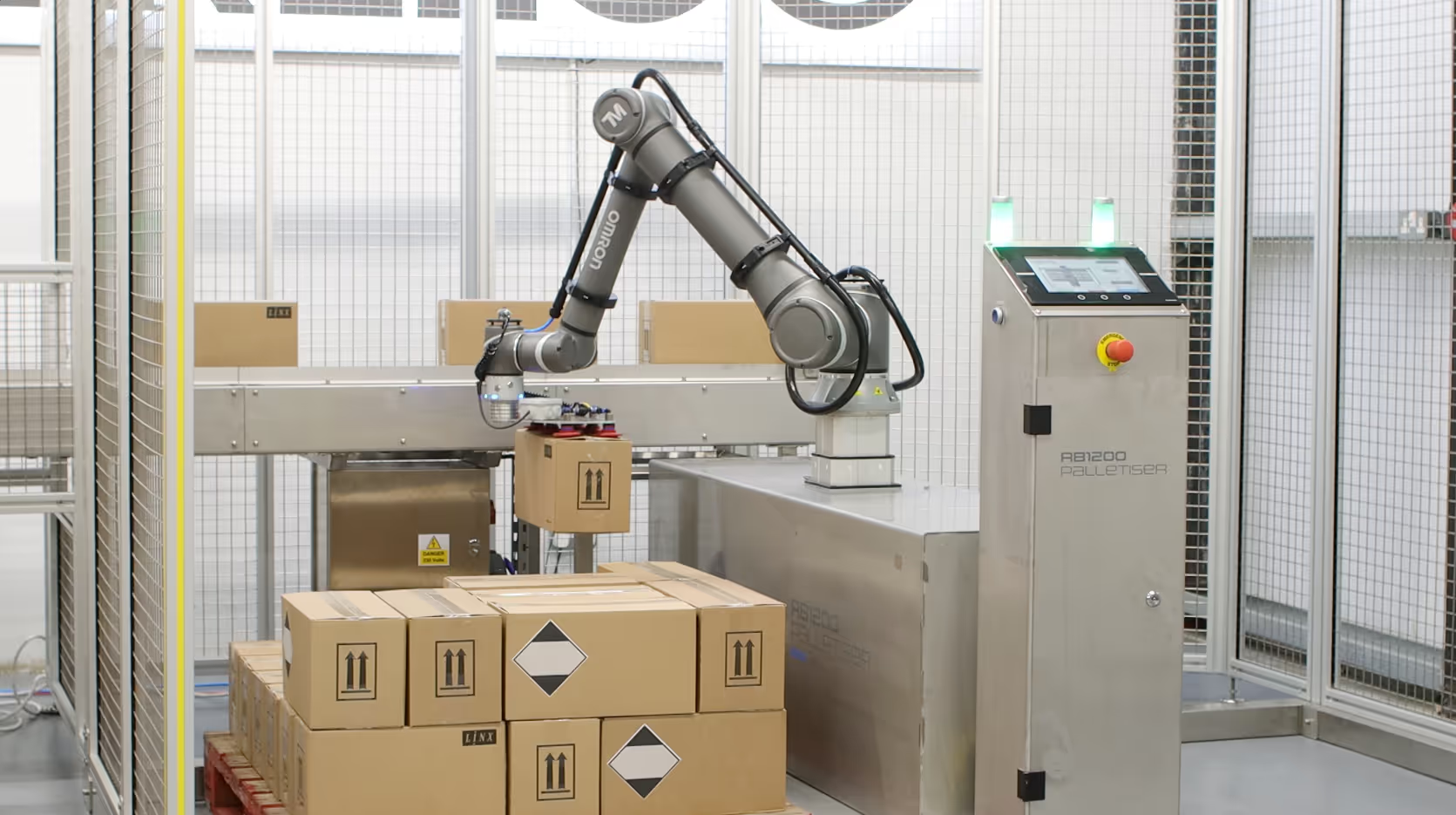
A Palletizer is an automated machine which stacks products, such as cartons, trays, bottles and bags onto pallets. Typically used by manufacturers who produce in large volumes.

Automating your palletising operations brings significant advantages over manual loading, including greater productivity, improved reliability and cost savings. But what gives Reeco’s RB palletiser the edge?
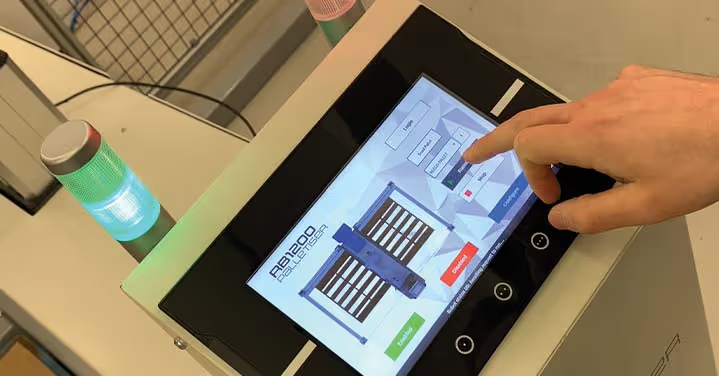
With current market challenges such as labour shortage, keeping hold of skilled workers may prove to be more difficult than it previously was. When we combine this with statistics such as a 46.1% staff turnover within warehousing compared to a 12-15% average across the board as reported by the US Bureau of Labour Statistics, manufacturers may face operational inconsistencies. So how do we combat this?
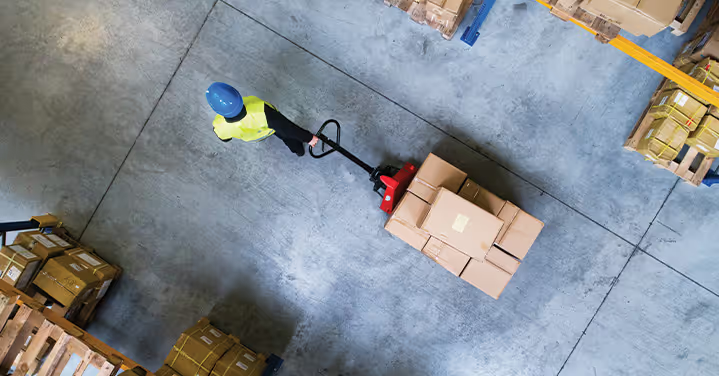
Palletising is a fundamental process for nearly all manufacturing operations, whether automated or done manually. Goods produced by manufacturers will need to be transported and distributed, pallets are the preferred method due to their ease of handling and ability to neatly contain large volumes of product. The palletising process is where production ends and logistics begins, making it one of the core enablers for implementing an efficient means of moving product, enter intralogistics. Intralogistics is the internal management and movement of goods within a facility and can be a significant challenge to overcome. Intralogistics is an essential element of supply chain management, its structure and organisation directly reflects a company’s ability to reliably fulfil orders.
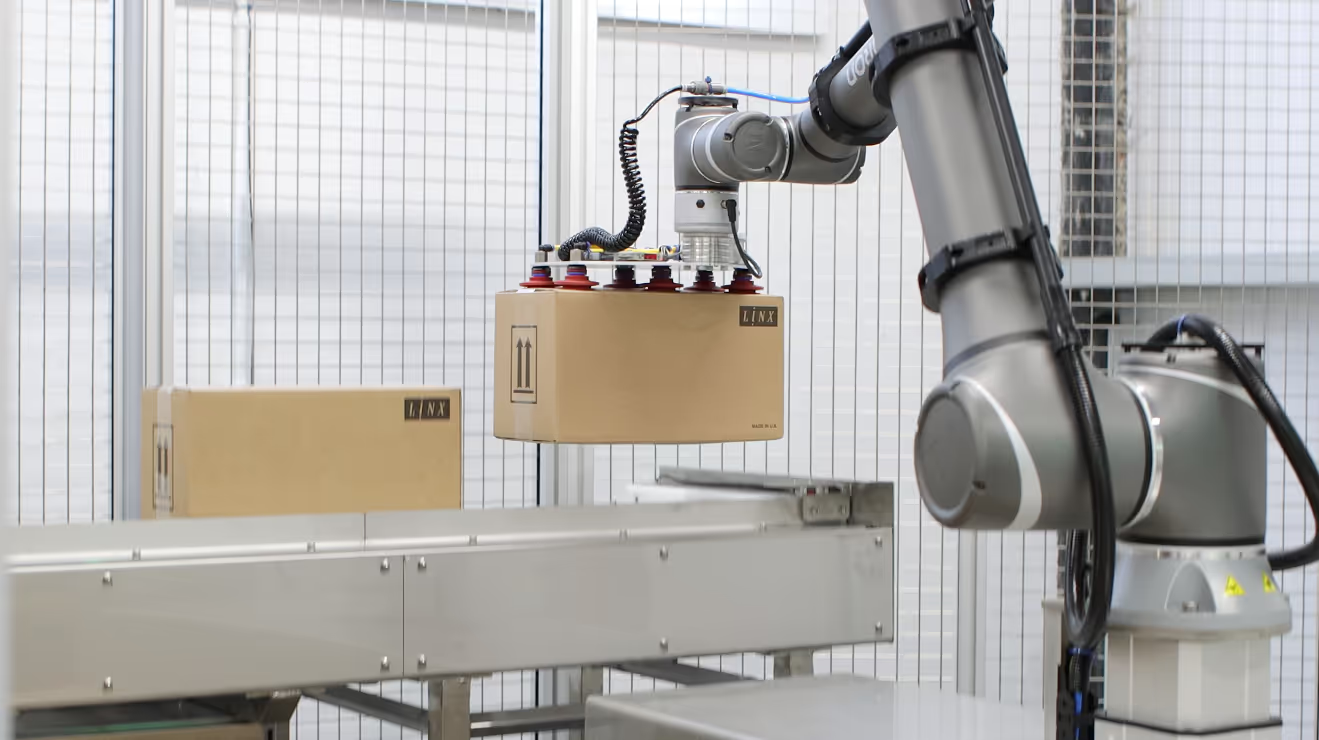
Greater automation and collaborative robotics (cobots) are the future for many industries, including logistics. Research by BMW found humans and robots work more than well together. In fact, human-robot teams were 85% more productive than working alone. It makes sense. Combining the speed and accuracy of robotics with the flexibility and intuition of humans compounds the benefits from each to build an unbeatable team.
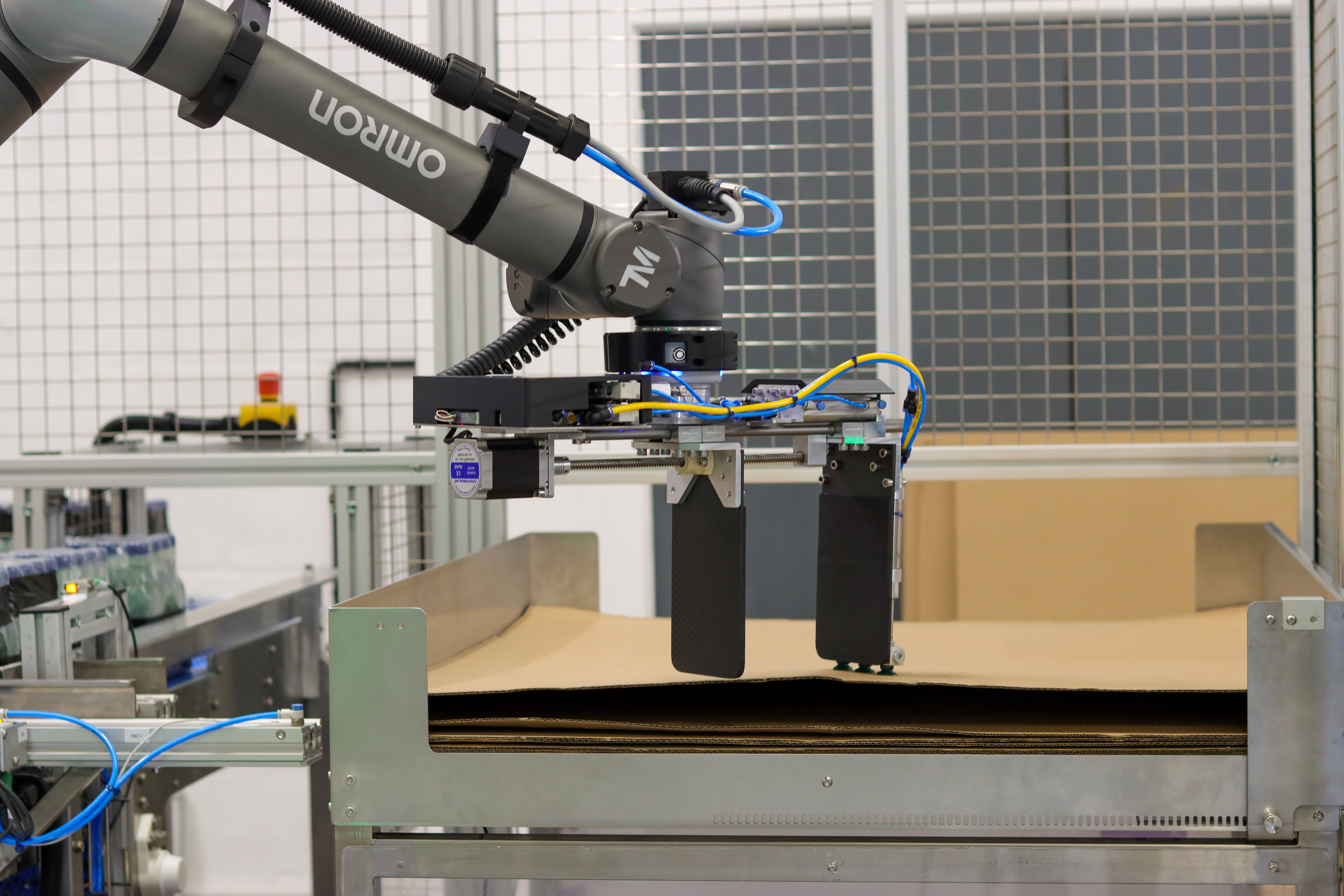
When it comes to palletising, a lot goes into ensuring everything runs smoothly, from the many upstream processes to the palletising task itself. One of those tasks could be placing a slip sheet between product layers – sounds minor, right? The thing with slip sheets is that in some cases they are critical to pallet strength. Pallets of delicate product or inadequate stacking strength alone (lots of small boxes or products with a slippery surface) are prime examples.

Intralogistics refers to the management and movement of materials and goods within a facility, and whether it is a warehouse, distribution centre, factory, or another production facility, it can be a significant hurdle to overcome.
.svg)
